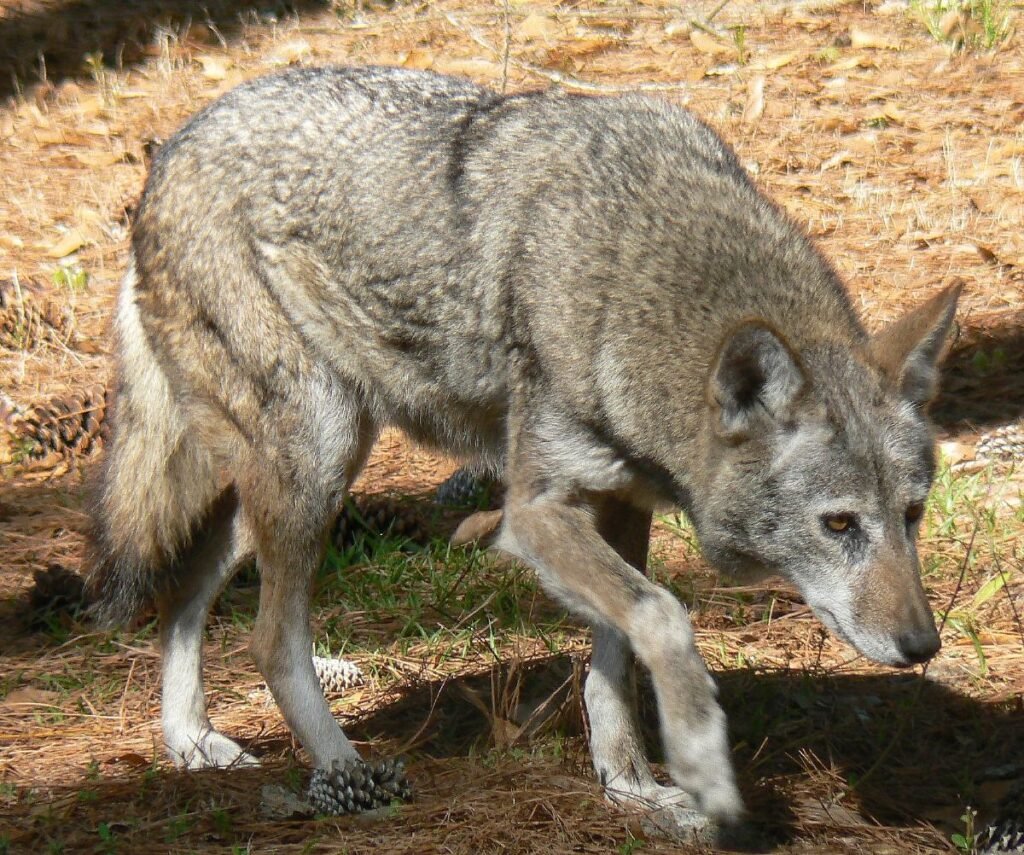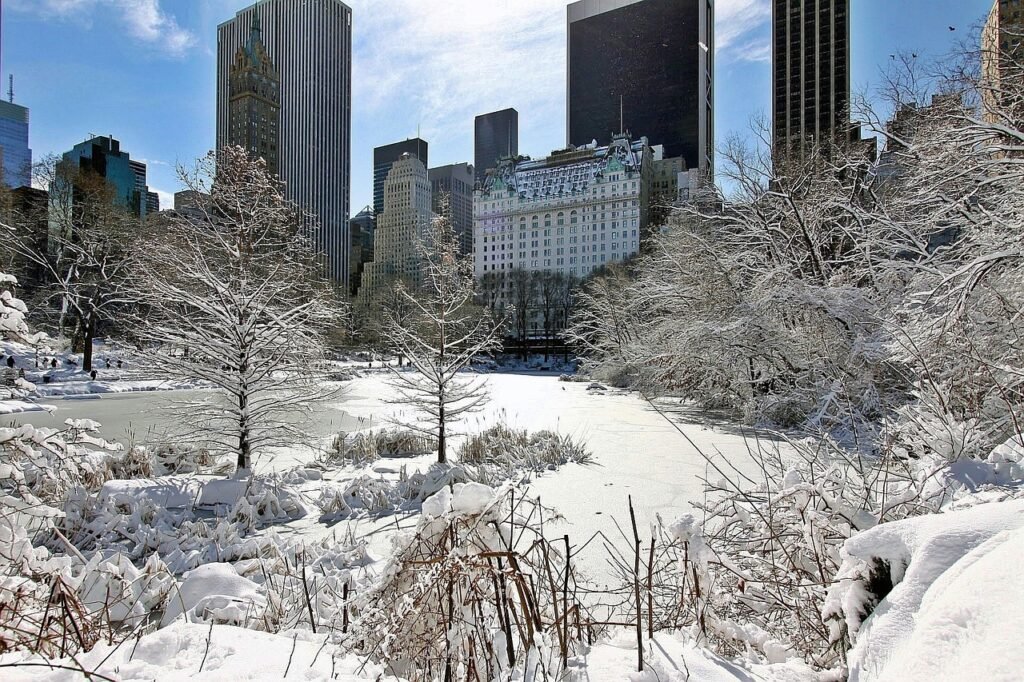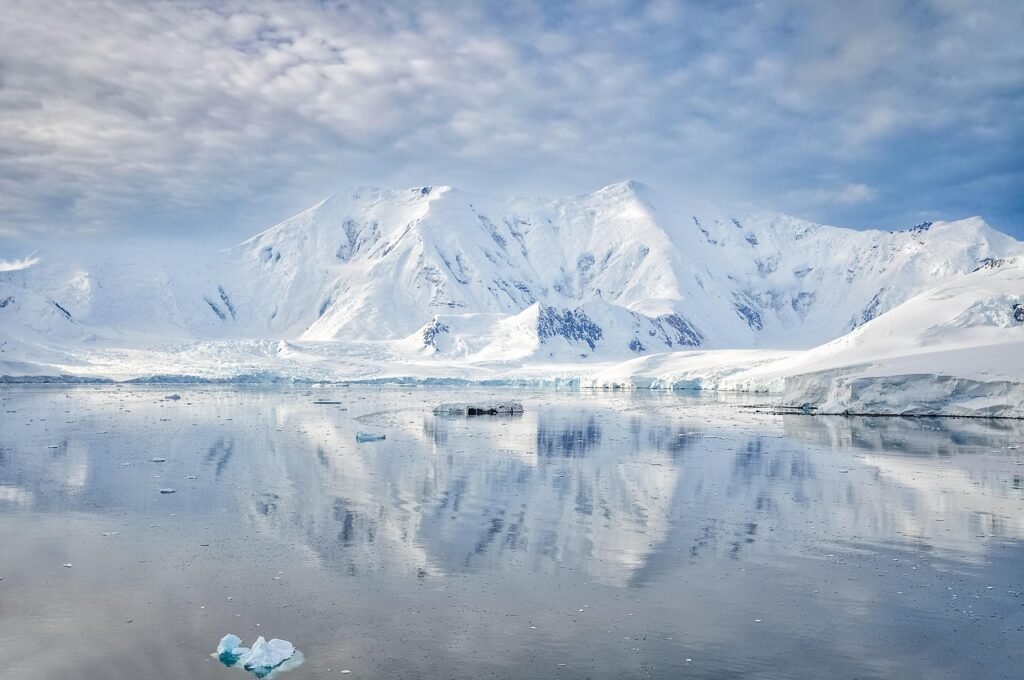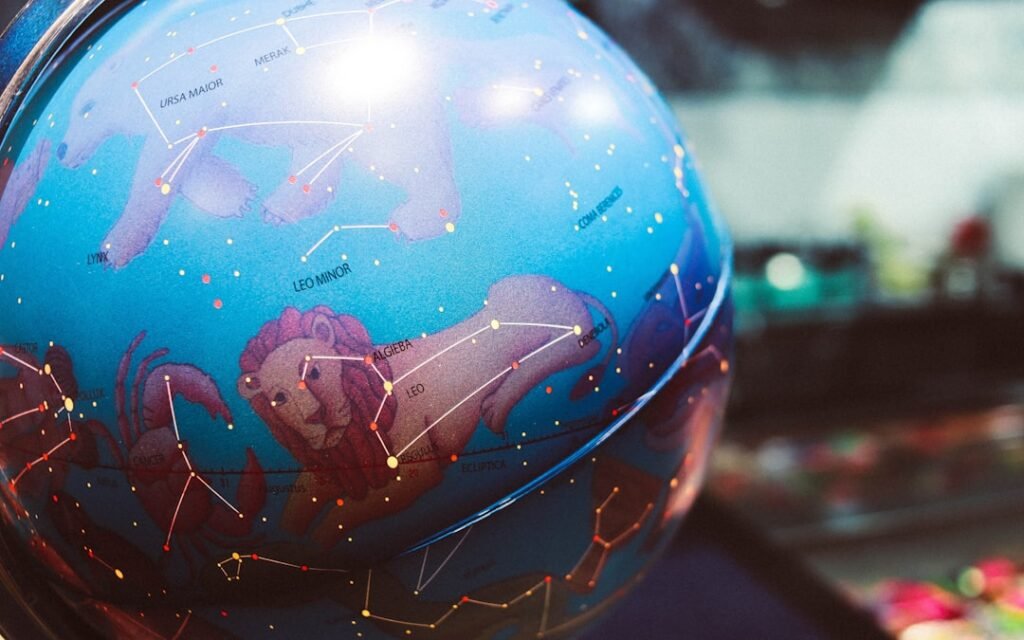Across the United States, some of our most iconic animals are tiptoeing along a cliff’s edge, nudged by habitat loss, climate shocks, disease, and human pressures. Yet the story isn’t just about decline; it’s also about ingenuity, grit, and breakthroughs that would have sounded like science fiction a decade ago. From AI-powered listening buoys to gene-rescue playbooks, researchers and local communities are rewriting what a comeback can look like. The tension is real: the window is narrowing, but momentum is building in labs, field stations, and even roadside culverts. If we choose to scale what works now, these next few years could flip a grim trajectory into a generation-defining win.
Red Wolf: A Comeback Script Written in Real Time
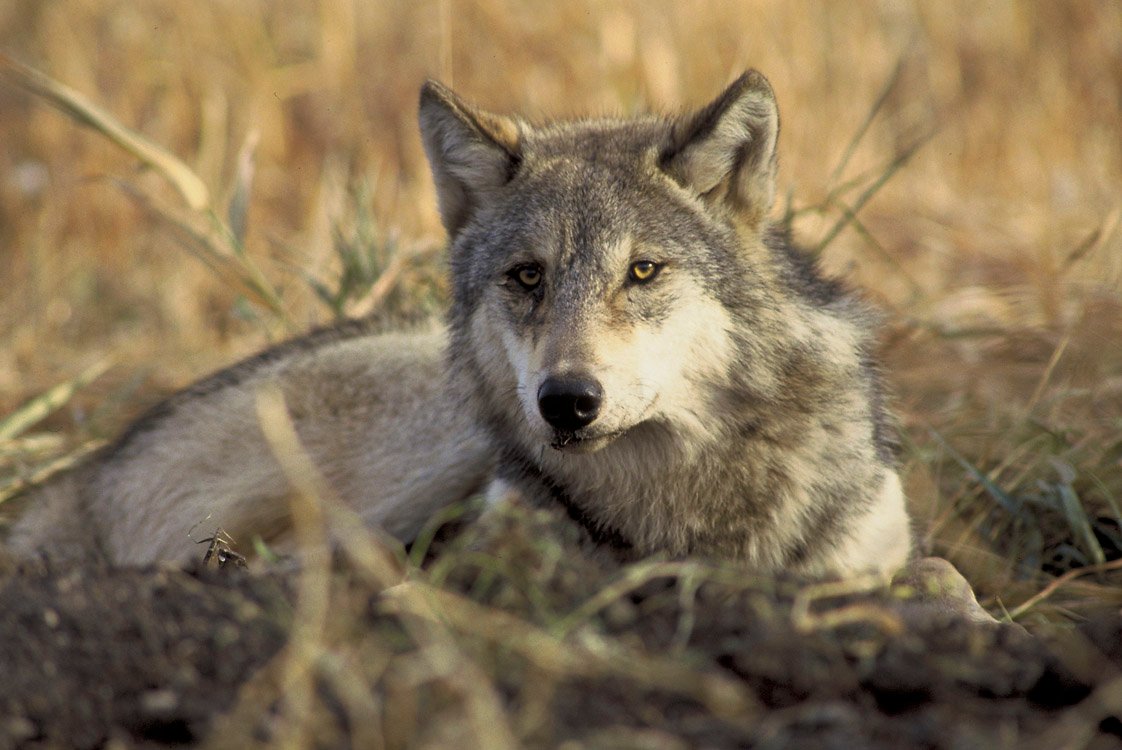
Once roaming the Southeast, the red wolf now survives in the wild mostly as a whisper – only a small handful of family groups remain. Decades of persecution and hybridization with coyotes left the species teetering, and storms and rising seas threaten its lowland refuges. You can feel the fragility at dusk in coastal pine savannas, where a single howl carries like a question across the marsh. But fragility isn’t the whole story; determination in the field is fierce.
Scientists are cross-fostering captive-born pups into wild dens, where they’re raised by experienced mothers and learn crucial survival cues. Smart collars and camera traps guide rapid responses when animals wander near roads or conflict zones. Genetic tools help managers keep the wolf’s lineage on track, while community partnerships ease tensions with landowners. It’s a delicate choreography, but each successful litter is a bright stitch in a stronger fabric.
North Atlantic Right Whale: Listening Harder, Moving Faster
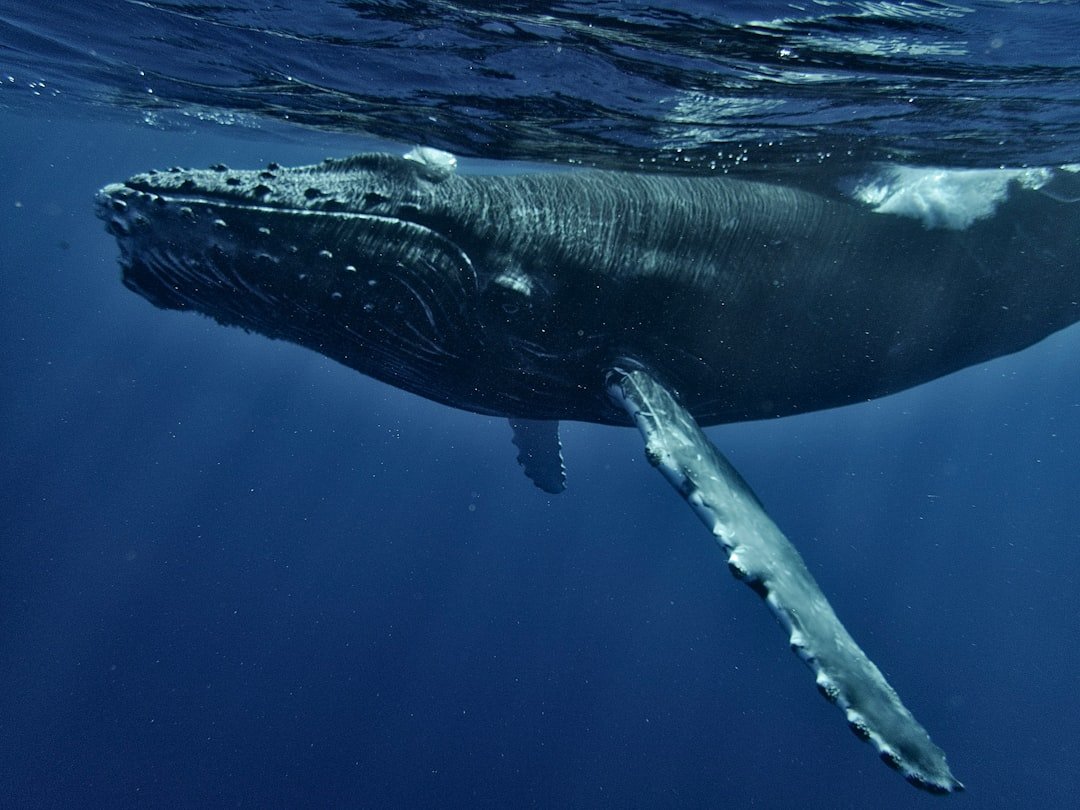
Few animals wear the modern ocean’s hazards more visibly than the right whale, with scars from entanglement and the ever-present risk of ship strikes. As warming waters rearrange plankton, the whales follow their food into new corridors where traditional protections lag behind. It’s a brutal mismatch between biology and busy shipping lanes, and every season feels like a race against time. Still, the toolbox is evolving quickly.
On-demand fishing gear removes vertical ropes from the water column, cutting risk where whales feed and migrate. AI-enabled acoustic buoys and drones spot whales and trigger dynamic speed zones, turning static rules into responsive protection. Satellite tags and photo-ID catalogs knit together cross-border data so managers can adjust fast. The path is narrow, but when the ocean gets smarter, whales get safer.
Florida Panther: Highways, Heartbeats, and the Corridor Bet
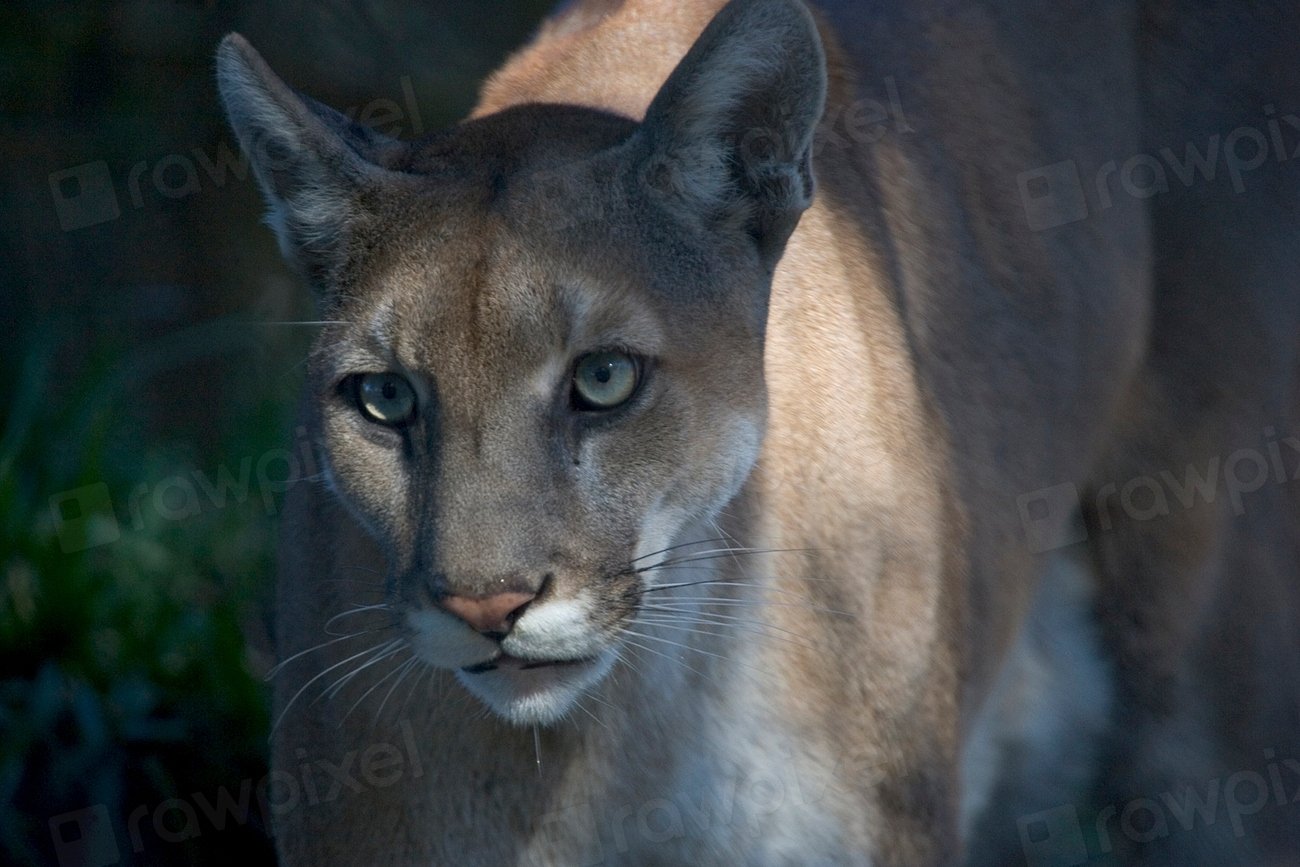
America’s ghost cat slips through palmetto thickets and across canal berms, but highways remain brutal gauntlets. Habitat loss squeezes the panther into bottlenecks where collisions and inbreeding loom. I still remember crouching along a Big Cypress dirt road, tracing a fresh paw print beside a tire rut and feeling the tug-of-war between wildness and traffic. It shouldn’t come down to a single crossing, yet often it does.
Wildlife underpasses and roadside fencing are expanding, turning deadly stretches into safe conduits. The Florida Wildlife Corridor initiative aims to link ranchlands, wetlands, and forests so panthers can disperse, find mates, and keep genes flowing. Remote cameras and genetic sampling steer where to add the next bridge or preserve the next ranch. When landscapes connect, populations breathe.
California Condor: Heavy Wings, Heavy Metals
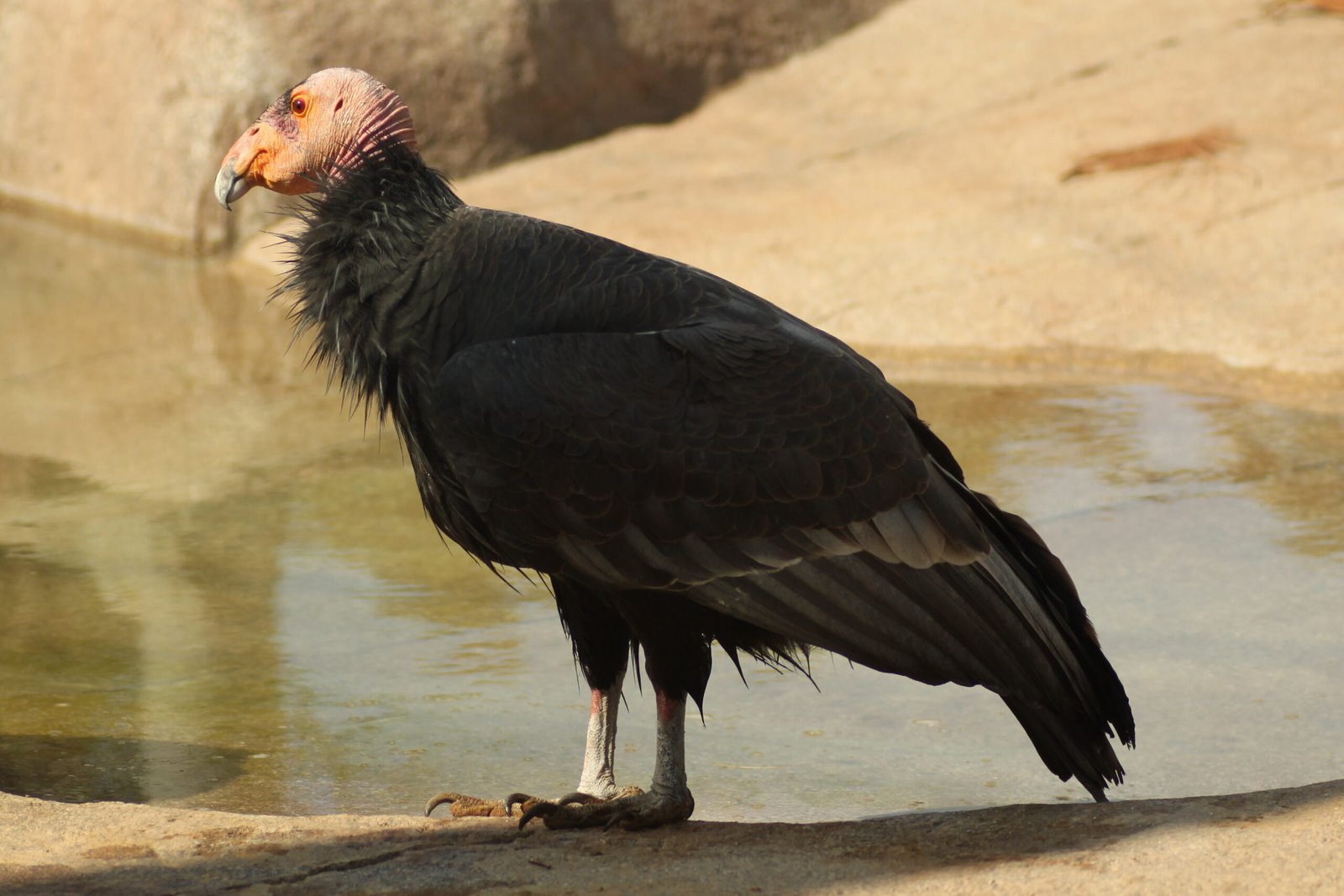
The largest bird in North America fought its way back from the edge, only to face a stubborn threat: lead fragments in carrion. A condor may soar for hours only to be grounded by a meal it cannot see is toxic. Breeding centers can raise chicks, but the wild must be safe enough for those wings to matter. Resilience is there; the challenge is cleaning up the food chain.
GPS transmitters and health checks catch problems earlier, while targeted chelation therapy treats birds that ingest lead. Outreach and policy are shifting hunters to non-lead ammunition, preserving tradition and the scavenger clean-up crew in one move. Nest monitoring and remote cameras guide supplemental feeding and safeguard crucial sites. Each fledgling that survives its first year feels like gravity losing its grip.
Hawaiian Monk Seal: Saving a Species One Beach at a Time
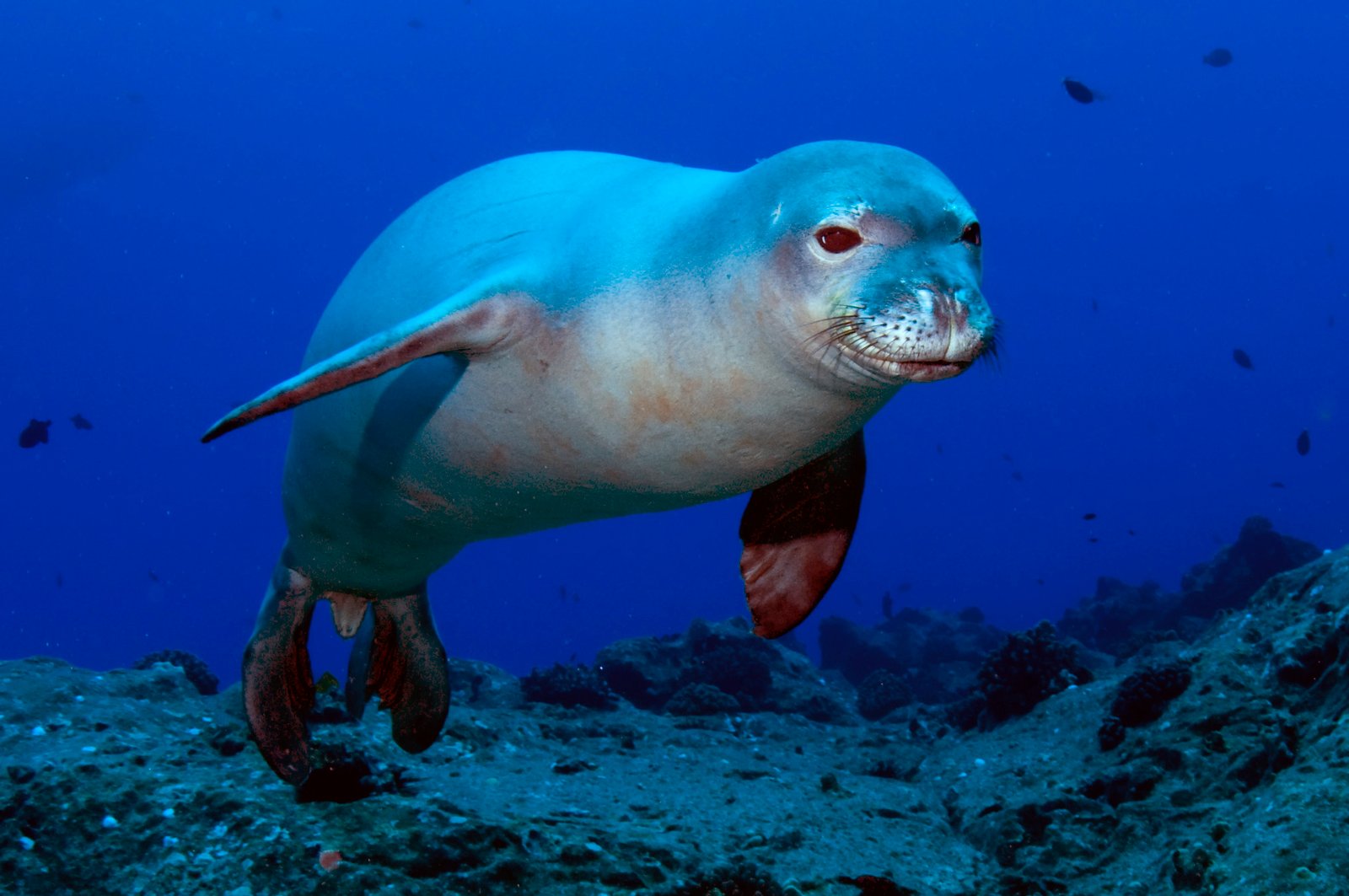
These sleek survivors nap on volcanic sands while dodging a minefield of modern risks: entanglement, disease, and toxoplasmosis washed from land to sea. Pups can be underweight in tough years, and a single bad season can echo across a whole cohort. The Pacific is vast, but recovery hinges on local beaches, local water quality, and local choices. Community by community, that’s starting to change.
Rescue teams disentangle seals, treat injuries, and return rehabilitated animals to the wild, boosting survival in lean periods. Vaccination campaigns against viral threats add a protective layer, while public alerts help beachgoers give nursing pairs space. Habitat work targets key pupping sites and reduces land-based pollution. When science meets shoreline stewardship, pups have a fighting chance.
American Burying Beetle: The Night Engineer of the Prairie
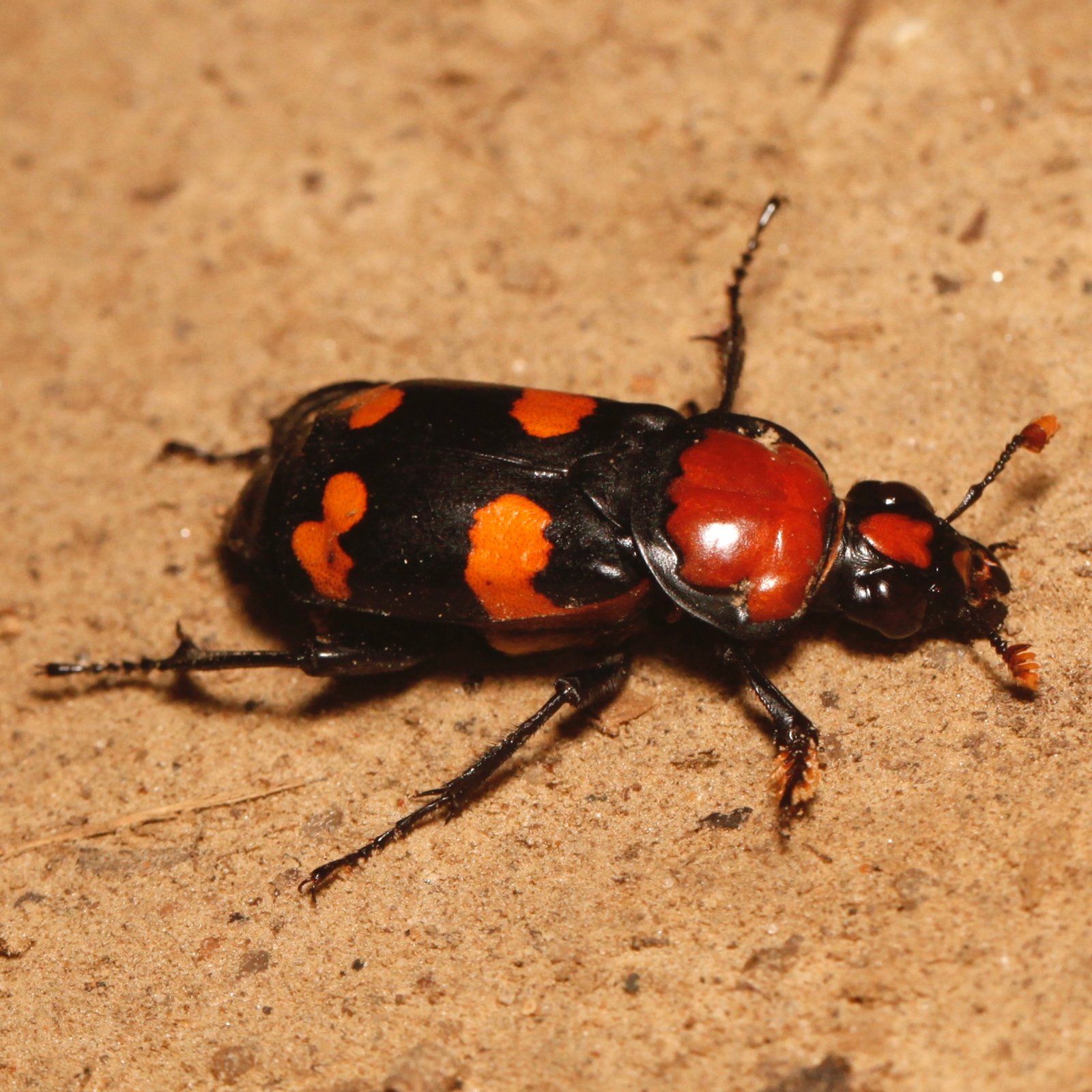
After dark on warm summer nights, these beetles perform an eerie, brilliant ritual – burying small carcasses to feed their young and fertilize the soil. Fragmented grasslands and shifting climates have shrunk that theater, pushing the insect into scattered refuges. It’s easy to overlook what we rarely see, but losing a nutrient-cycling engineer ripples across an ecosystem. The fix starts with knowing where the stage still stands.
Biologists pair scent-baited traps with genetic surveys to map strongholds and guide reintroductions. Captive breeding programs release founder groups into restored prairies, while land managers time mowing and grazing to protect nests. Climate models flag future refuges so new populations can be established before the heat moves in. Quiet work underground builds resilience above it.
Smalltooth Sawfish: A Living Relic at the Mangrove Edge
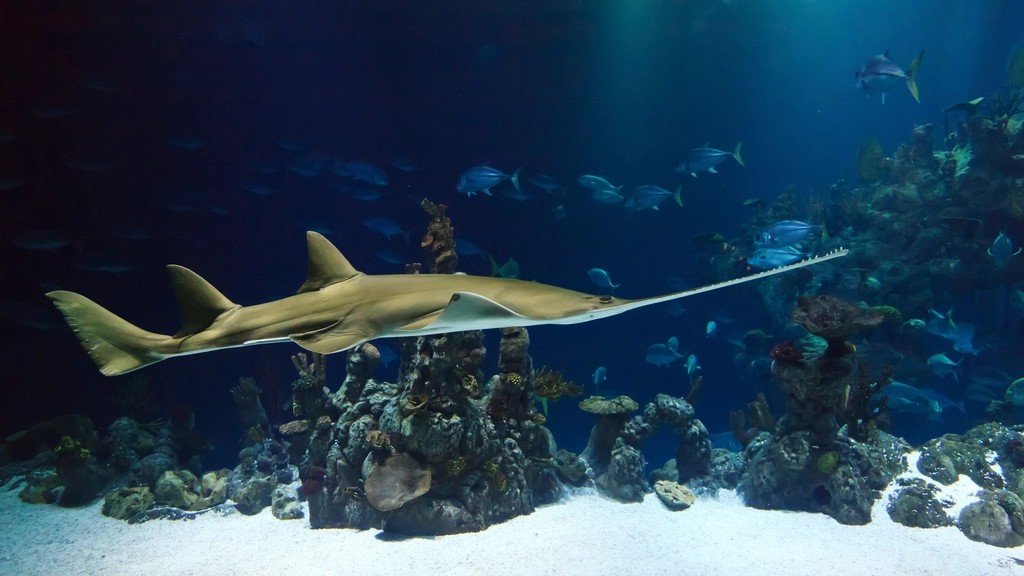
Gliding through green mangrove channels, sawfish look like prehistory come alive, yet their nursery grounds have eroded under coastal development. Entanglement in fishing gear and altered freshwater flows have amplified the squeeze. These fish grow slowly and reproduce late, so every juvenile matters. Hope lives where science meets shoreline planning.
Acoustic tags chart nursery hotspots, guiding habitat protections and freshwater management that keep salinity within safe bounds. Gear modifications and training help anglers avoid injury to sawfish and release them quickly when encounters happen. Drone surveys and eDNA sampling pick up presence where eyes can’t, steering restoration to the right coves. Protect the nurseries, and tomorrow’s giants get a chance to grow their saws.
Ozark Hellbender: The River’s Gargoyle in Trouble
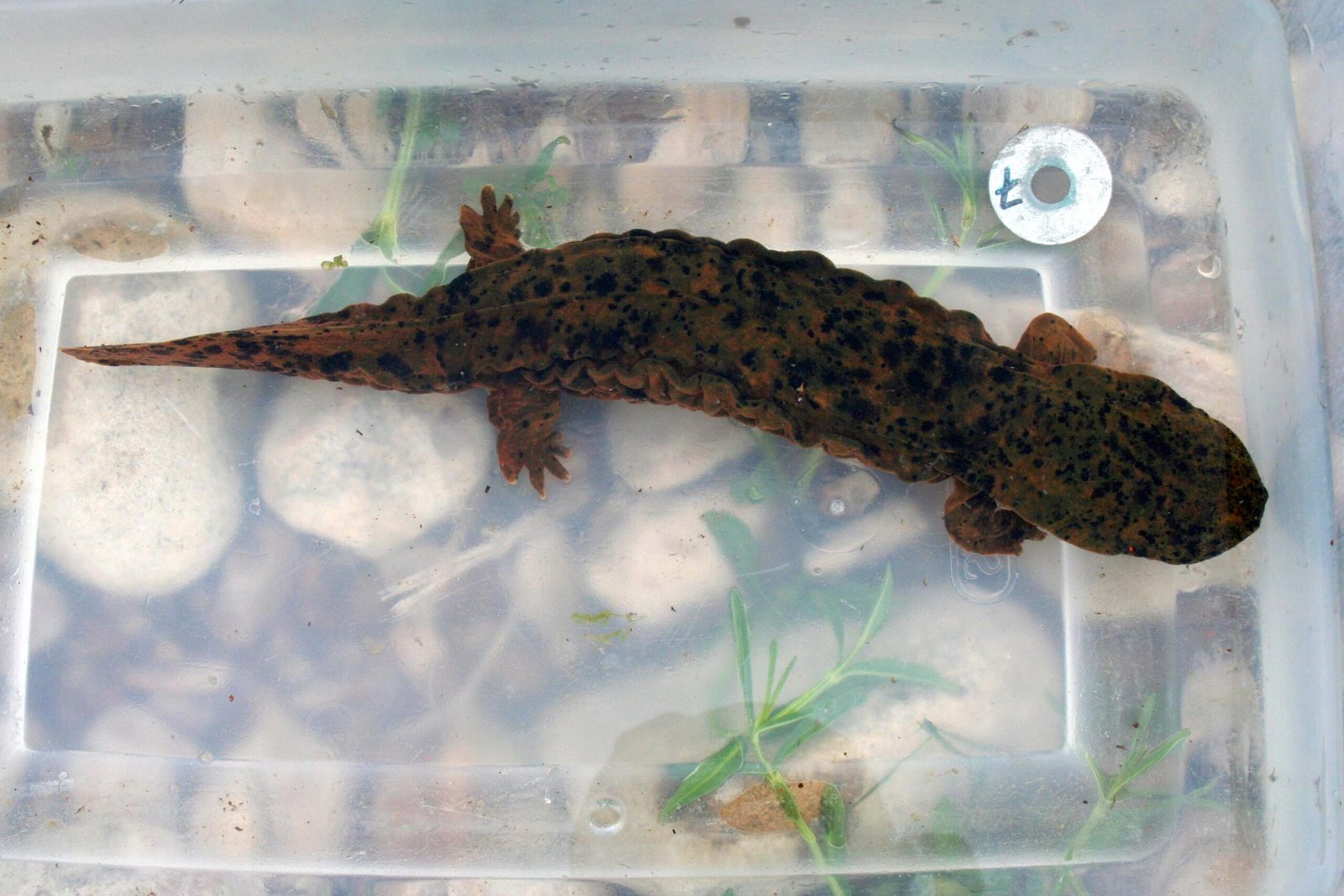
This ancient salamander needs cold, clean, fast water and rocky crevices – ingredients that vanish when streams silt up or warm. Diseases like chytrid fungus add a microscopic punch that a two-foot amphibian can’t dodge. If you’ve ever slid a hand beneath a stream boulder and felt smooth stone give way to mud, you’ve touched the problem. Habitat lost pebble by pebble can be rebuilt, but it takes time.
Conservation hatcheries raise larvae and head-start juveniles until they can shrug off the most vulnerable years. Stream work restores riffles, stabilizes banks, and brings back the cobble matrix hellbenders need to nest. Researchers are testing probiotic skin treatments and custom nest boxes to boost reproductive success. When cold water runs clear, the river’s gargoyle returns to its throne.
Sierra Nevada Bighorn Sheep: Snow Lines and Second Chances
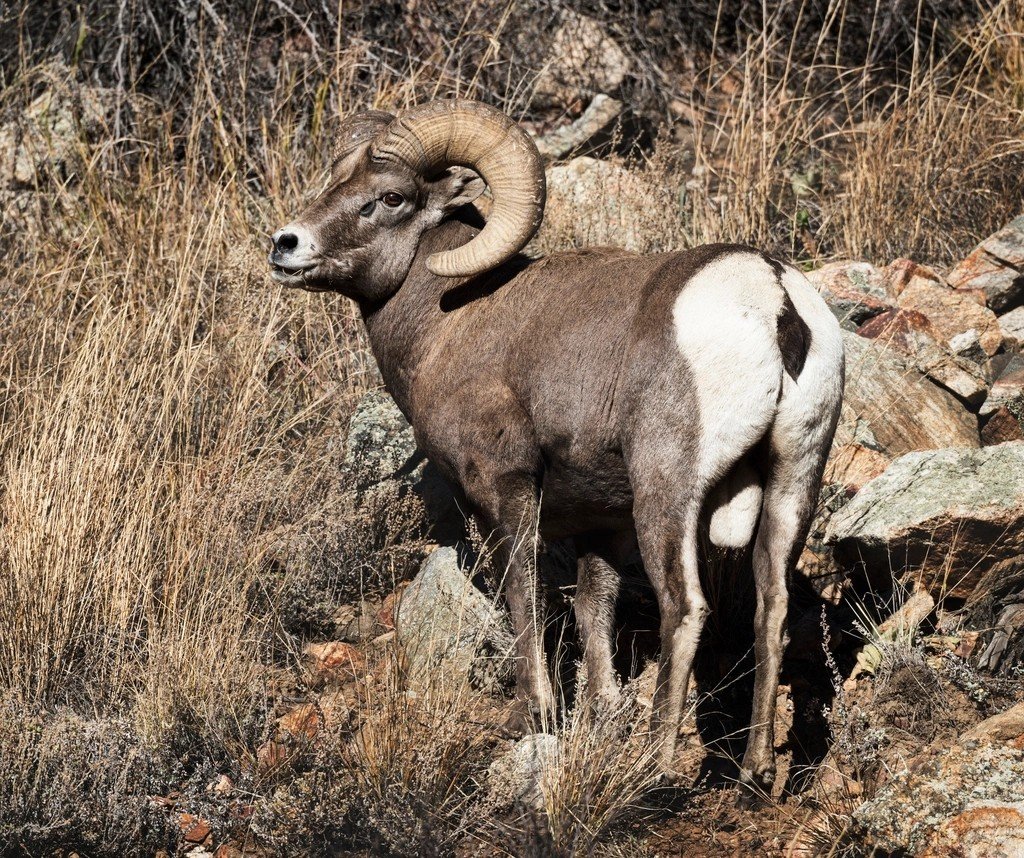
High on granite spines, these sheep read the landscape like a moving map – snowpack, forage, and escape terrain shifting with each storm. Small herds can crash when disease spills from domestic sheep or when predators key in on a few vulnerable bands. Isolation turns every valley into a roll of the dice. But the playbook for mountain recovery is getting sharper.
Biologists fit collars that relay real-time movement, then fine-tune translocations to seed new herds in safer basins. Targeted predator management and strict separation from domestic flocks reduce catastrophic losses. Habitat models, refined by decades of field data, guide which ridgelines to protect as climate nudges vegetation upslope. Stitch the range back together, and the herd’s confidence returns.
‘Alalā (Hawaiian Crow): A Voice Waiting for a Forest
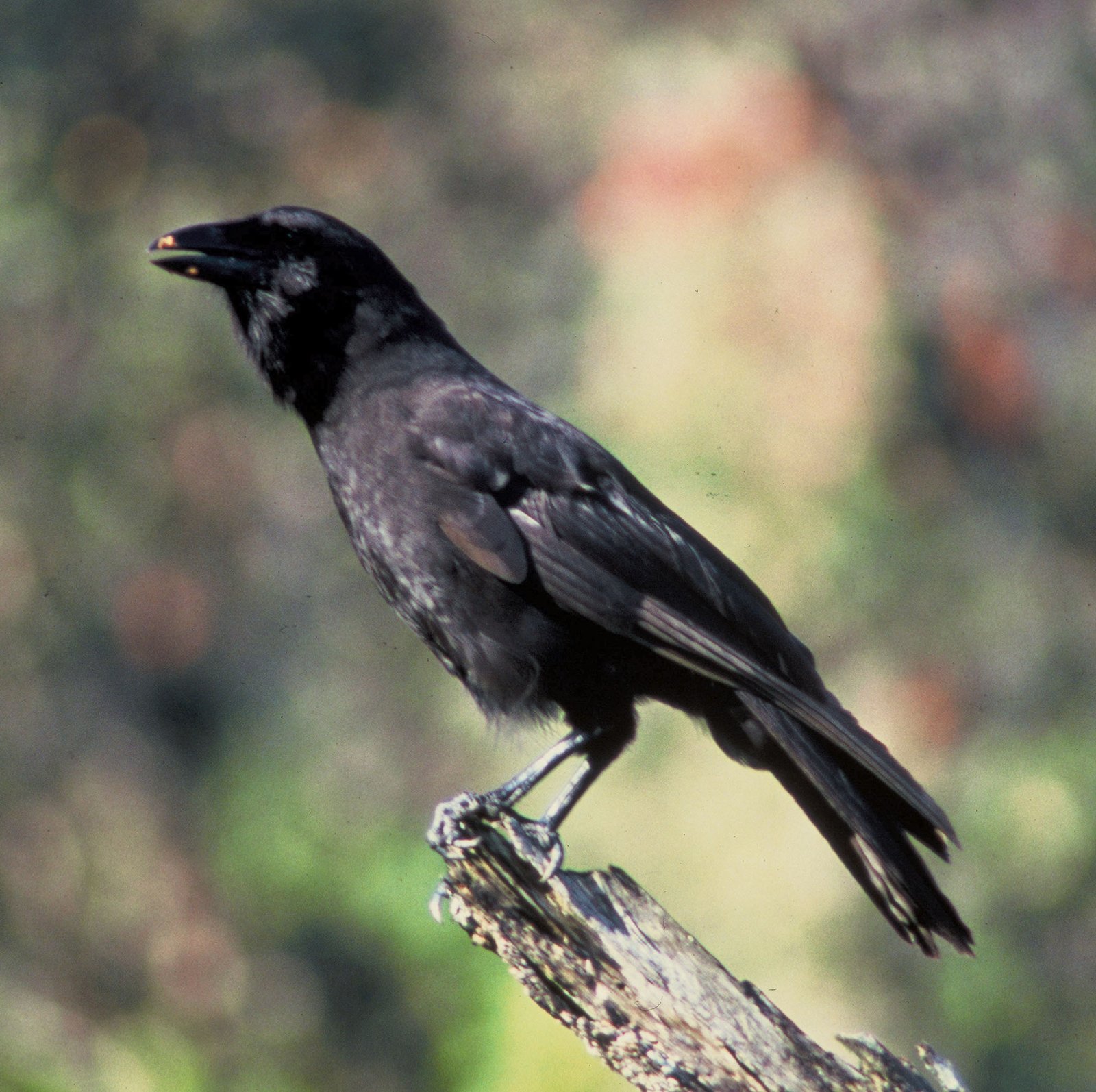
In the wild, the ‘alalā’s call is now a memory, the species persisting in carefully managed aviaries. Releases faltered when young birds met predators and fragmented forests that no longer offered safe learning grounds. It’s a hard truth: survival skills are as crucial as genetics. Yet the culture of a clever crow can be taught.
Teams are refining predator-awareness training, pairing it with habitat restoration that layers native fruiting trees and dense cover. Careful mate selection preserves the genetic breadth the wild will need when the time comes. Monitoring tech and soft-release strategies aim to ease the next reintroduction effort. Give the voice a living forest, and it may echo again.
The thread running through all ten stories is simple and stubborn: when science meets sustained will, even the most precarious populations can pivot. None of this is easy, and none of it is guaranteed, but the tools are in our hands right now. The question is whether we’ll use them at the speed the moment demands – because these next steps belong to us as much as to the animals we hope to keep. Did you expect that?

Suhail Ahmed is a passionate digital professional and nature enthusiast with over 8 years of experience in content strategy, SEO, web development, and digital operations. Alongside his freelance journey, Suhail actively contributes to nature and wildlife platforms like Discover Wildlife, where he channels his curiosity for the planet into engaging, educational storytelling.
With a strong background in managing digital ecosystems — from ecommerce stores and WordPress websites to social media and automation — Suhail merges technical precision with creative insight. His content reflects a rare balance: SEO-friendly yet deeply human, data-informed yet emotionally resonant.
Driven by a love for discovery and storytelling, Suhail believes in using digital platforms to amplify causes that matter — especially those protecting Earth’s biodiversity and inspiring sustainable living. Whether he’s managing online projects or crafting wildlife content, his goal remains the same: to inform, inspire, and leave a positive digital footprint.

